New Climate Normals Posted
rockman50
12 years ago
Related Stories

LANDSCAPE DESIGNCelebrate a Sunny Climate With the Right Leafy Palm for Your Site
So you get freezes or floods. So your garden is small. These palms send excuses riding off into the tropical sunset
Full Story
GARDENING GUIDES6 Dependable Ground Covers for Warm Climates
Swap some lawn for these drought-tolerant clumping plants — and watch your maintenance efforts diminish while they easily grow
Full Story
ARCHITECTURE15 Smart Design Choices for Cold Climates
Keep your home safe and comfortable in winter by choosing the right home features and systems
Full Story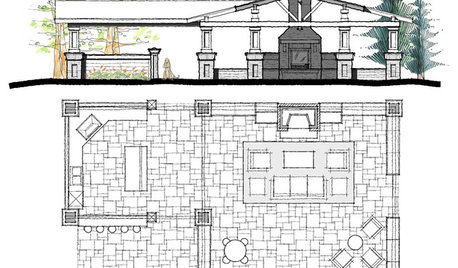
LANDSCAPE DESIGNClimate Control: Work With Nature's Elements for the Best Outdoor Space
Consider sun, wind and water where you live for a deck or patio that's as comfortable as possible all year long
Full Story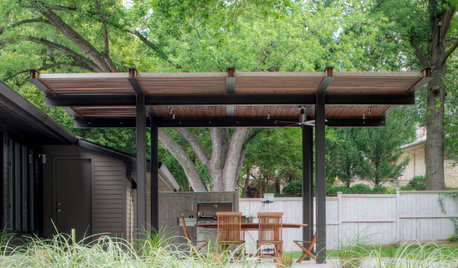
PATIOSPatio Details: A Modern Pergola Stands Up to Nebraska’s Climate
Challenging weather is no match for this family's tough but elegant-looking outdoor space
Full Story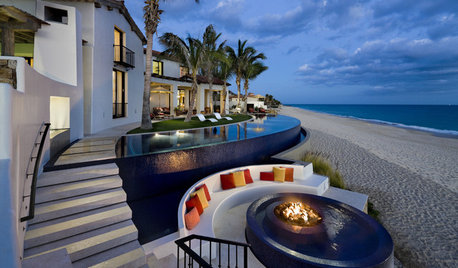
DECORATING GUIDESGive Your Hot-Climate Home a Fall Feel
If soaring temperatures are putting a damper on your fall decorating, try these lighter takes on autumn style
Full Story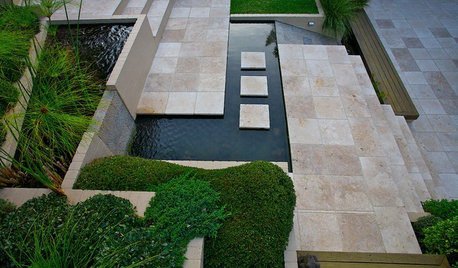
PATIOSLandscape Paving 101: Travertine Keeps Its Cool in Warm Climates
Travertine is a gorgeous paver for a pool surround
Full Story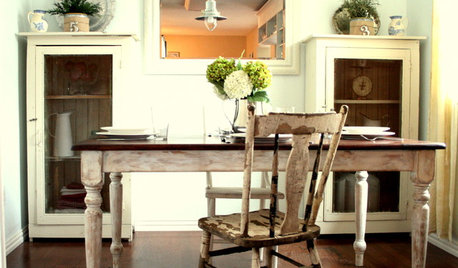
HOUZZ TOURSHouzz Tour: Making 'Normal' Beautiful for Less
Ingenuity, elbow grease and bargain hunting result in a light and lovely beach cottage style
Full Story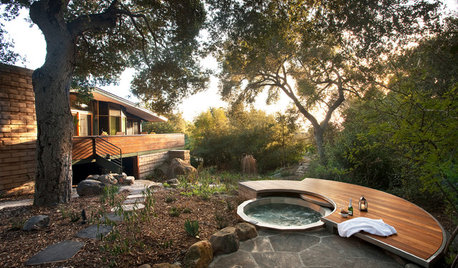
INSIDE HOUZZData Watch: Houzz Renovation Barometer Shows a Return to Normal
The majority of home renovation professionals report that business activity has returned to pre-recession levels, though challenges remain
Full Story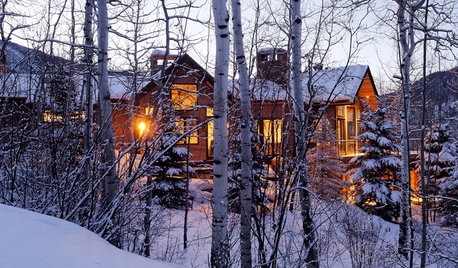
LIFEHouzz Call: Who'll Post the First Snow Photo of 2013?
If the weather's been flaky in your neck of the woods, please show us — and share how you stay warm at home
Full StoryMore Discussions








lschibley
pixie_lou
Related Professionals
Clermont Landscape Contractors · Wilmington Landscape Contractors · Arlington Landscape Contractors · Ashburn Landscape Contractors · Pleasant Hill Landscape Contractors · Raleigh Landscape Contractors · Ridgewood Landscape Contractors · Wallingford Landscape Contractors · Waterford Landscape Contractors · Austin Decks, Patios & Outdoor Enclosures · Fort Lee Decks, Patios & Outdoor Enclosures · Fredericksburg Decks, Patios & Outdoor Enclosures · Oak Ridge Decks, Patios & Outdoor Enclosures · Pittsburgh Decks, Patios & Outdoor Enclosures · Port Saint Lucie Decks, Patios & Outdoor Enclosurescloud_9
gardenweed_z6a
sequoia54
bill_ri_z6b
deanna in ME Barely zone 6a, more like 5b